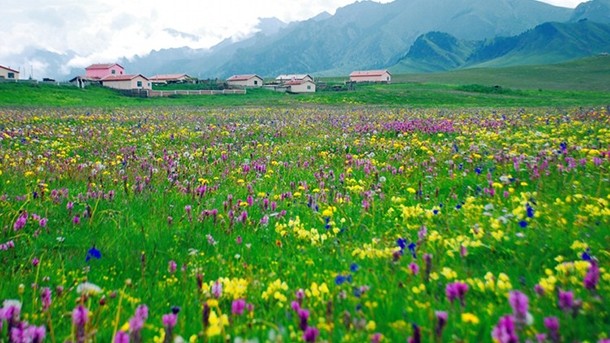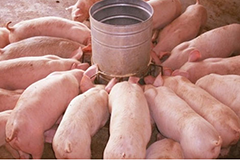Agriculture
FAO and partners unlock carbon finance for herders and grazers

The Food and Agriculture Organisation of the United Nations, as well as several academic bodies including the Chinese Academy of Agriculture Science and the country’s Northwest Institute of Plateau Biology, have for the past several years been working to link grassland restoration efforts to international climate financing schemes.
Restoring degraded grasslands through more sustainable grazing practices and forage production can substantially improve animal feeds and productivity, benefiting herders and others who depend on livestock-rearing for income and food, their study found.
At the same time, restoring degraded grasslands can also trap large volumes of atmospheric carbon, mitigating climate change. For this to happen, economic incentives are critical, the FAO said.
Carbon crediting schemes that pay projects for reducing greenhouse gas emissions and sequestering carbon do exist, in theory offering farmers the potential to earn money in exchange for adopting practices that help mitigate climate change.
But participation of agriculture in carbon markets—including those involving grazing-based livelihood systems—has so far been quite small.
One reason for this is the challenge of measuring how much carbon is being trapped as a result of improved farming practices. Only with reliable and affordable approaches measuring, reporting and verifying carbon sequestration can provide access to climate funds.
This challenge is now being addressed by a new methodology developed by the FAO and its research partners.
A new tool
The methodology allows for either direct measurement of carbon sequestration on sustainably managed grasslands through soil sampling or computer modelling of sequestration based on soil types and farming activities. The use of modelling can substantially reduce costs of measurement.
Tested over the past several years using field data from computer modelling and a project site in Northern China, the methodology has now won approval by Verified Carbon Standard, a voluntary greenhouse gas accounting programme used by projects around the world to verify and issue carbon credits in voluntary emissions markets.
According to findings from the case study in Northern China, herders could sequester an average of 3 tonnes of CO2 per hectare of grassland each year over the next 20 years, through the application of improved practices, such as reduction and rotation of grazing pressure on overstocked sites and the sowing of improved pastures and fodder crops close to households. The new methodology is tailor-made for the assessment and quantification of those climate benefits.
"Now that the tool has won the certification needed for recognition by international carbon markets, project developers and farmers have a new opportunity to implement grasslands restoration projects at a meaningful scale, improving the productive potential of their grasslands and helping to reverse historic carbon losses," said Henning Steinfeld of the FAO.
“Returns from the carbon finance and other mitigation funds can be invested in further restoring the long-term health of the lands upon which herders and grazers depend and in building up marketing associations to improve their incomes, raising families incomes and improving household food security.”
The methodology also offers countries a tool that can be adapted and used to support monitoring and verification when developing nationally appropriate mitigation actions to reduce greenhouse gas emissions.
Significant potential
The FAO says the methodology can be applied worldwide wherever countries work to sustainably feed a growing population while lowering their carbon footprint, especially in grassland-rich countries.
"In China, with its 400 million hectares of grasslands, and highly supportive national policies and measures that have been initiated to incentivise the uptake of sustainable grassland management practices such as the Grassland Law of the People's Republic of China, the Grassland Ecology Conservation Subsidy and Reward Mechanism, and the Grassland Retirement Program, there is enormous potential for this new methodology," said Li Yue of the Chinese Academy of Agriculture Science.
The academy and the FAO are continuing to work together to identify opportunities to pilot this methodology and develop its use in China and beyond.














